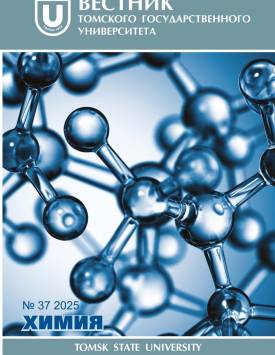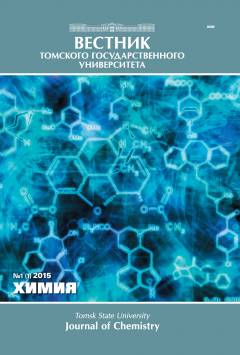Bioleaching of gold from mining waste
The article highlights the current topic of bio-leaching of gold from carbonaceous clay shales and pyrite man-made waste, which is an environmentally safe and economically profitable method of extracting valuable metals. The study highlights the importance of innovative approaches in the context of reducing natural resources and the need to reduce the negative impact on the environment. The process of sample preparation, methods of analysis of mineral and chemical composition, as well as laboratory methods for determining the concentration of gold are described in detail. The research results show that the samples contain sufficient gold to be classified as gold-bearing ores, which makes them suitable for bioleaching. The main attention is paid to the study of bio-leaching using natural microbiomes and bacterial storage cultures. The authors analyze the effectiveness of various nutrient media that promote bacterial growth and their effect on the degree of gold extraction. Experiments demonstrate that bio-leaching significantly increases the degree of gold recovery compared to traditional methods, while minimizing environmental risks. The article also discusses various aspects of bio-leaching, including the specifics of the biological agents used, optimal pH levels and concentrations of toxic metals. It is shown that these parameters have a direct effect on the productivity of the process and require further research to optimize the conditions. The final part of the article is devoted to the analysis of the results of bio-leaching, based on the results of which it can be concluded that the method is highly promising for extracting gold from stubborn ores and man-made waste. It is emphasized that bio-refining can become a key direction in metallurgy, contributing to the sustainable development and environmental safety of production processes. The article makes a significant contribution to the development and optimization of environmentally safe methods of gold mining, offering solutions that can be used to improve the efficiency of processing gold-bearing ores and reduce environmental impact. The authors emphasize the need to continue research in this area in order to achieve maximum efficiency and economic benefits from the use of bio-leaching. The article was prepared on the base ofmaterials for Vlth International Symposium «Fundamental Aspects of Rare-Earth and Precious Metals of Geology Exploration, Mining, Separation and Modern Materials Engineering». August 19-22, 2024, Yakutsk, Sakha Republic (Yakutia). Contribution of the authors: the authors contributed equally to this article. The authors declare no conflicts of interests.
Keywords
bioleaching, gold extraction, biotechnology, carbonaceous shales, pyrite technogenic raw materialsAuthors
| Name | Organization | |
| Sachkov Viktor I. | Tomsk State University | vicsachkov@gmail.com |
| Lushchaeva Inna V. | Tomsk State University | luschaeva@mail.ru |
| Daibova Elena B. | Siberian Research Institute of Agriculture and Peat – branch of the Siberian Federal Scientific Center of Agro-Bio Technologies of the Russian Academy of Sciences | edaibova@yandex.ru |
| Medvedev Rodion O. | Tomsk State University | mail@rodionmedvedev.ru |
| Susid Maksim V. | Tomsk State University | mattakushi86@mail.ru |
References

Bioleaching of gold from mining waste | Vestnik Tomskogo gosudarstvennogo universiteta. Chimia – Tomsk State University Journal of Chemistry. 2025. № 37. DOI: 10.17223/24135542/37/6
